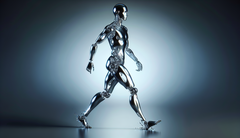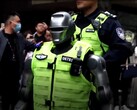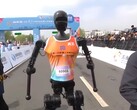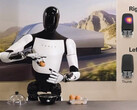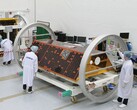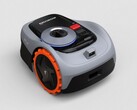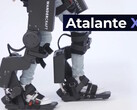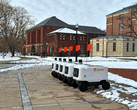A research team at Seoul National University has developed a robot that moves and transforms like an intelligent fluid. This so-called particle-armored liquid robot is flexible and capable of splitting and merging, drawing strong comparisons to the iconic T-1000 from Terminator 2. But this time, it’s not science fiction – it’s real.
The robot’s core is made of water, frozen into ice and coated with PTFE particles – commonly known as Teflon. This particle layer makes the surface hydrophobic and forms a stable shell that stays intact even after the ice melts. The robot moves without direct contact, driven by ultrasonic waves. The thrust from these waves, combined with surface friction, enables precise control over its movements. To guide the robot accurately, the researchers developed a mathematical model that predicts its speed and behavior in detail. The video below offers a first look:
Applications in medicine and industry
In lab tests, the robot showed it can move across solid surfaces and water, slip through tight spaces, pick up objects and even merge with other liquid robots. It stays stable even under vibrations, clearly distinguishing it from earlier concepts like liquid marbles. These are droplets coated with particles that mimic solid spheres but are far more delicate and harder to control.
In the long run, this technology could be used in medicine for targeted drug delivery or in industry to reach difficult-to-access micro-areas. Future scenarios might include autonomous mini-robots with cell-like behavior, guided by magnetic fields or electrical impulses.
Still in the research phase
According to the research team led by Prof. Ho-Young Kim, Hyobin Jeon, Keunhwan Park and Jeong-Yun Sun, the robot is still in the development stage. For now, it’s controlled externally and key challenges such as miniaturization, material variety and reliability in real-world environments remain unresolved. Realistic projections suggest application-oriented prototypes could emerge within 3 to 5 years, with potential real-world use expected in 7 to 10 years.




